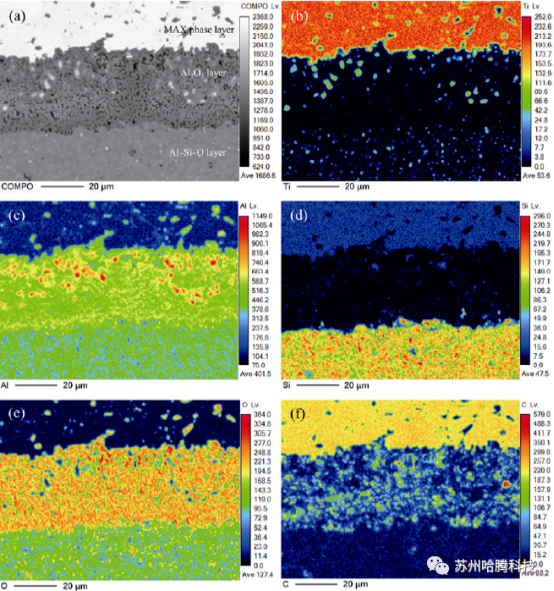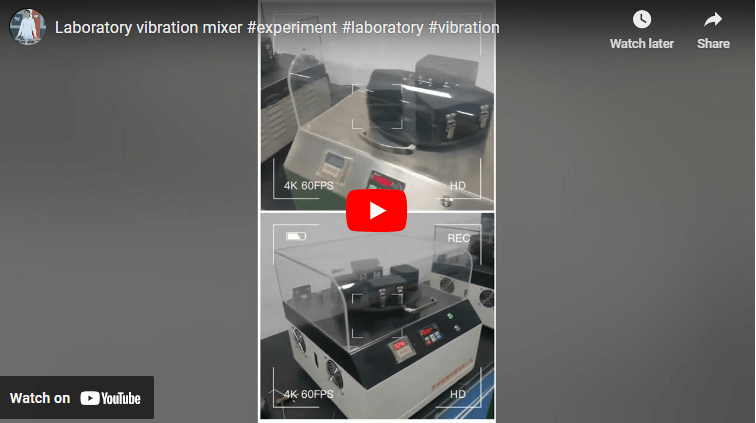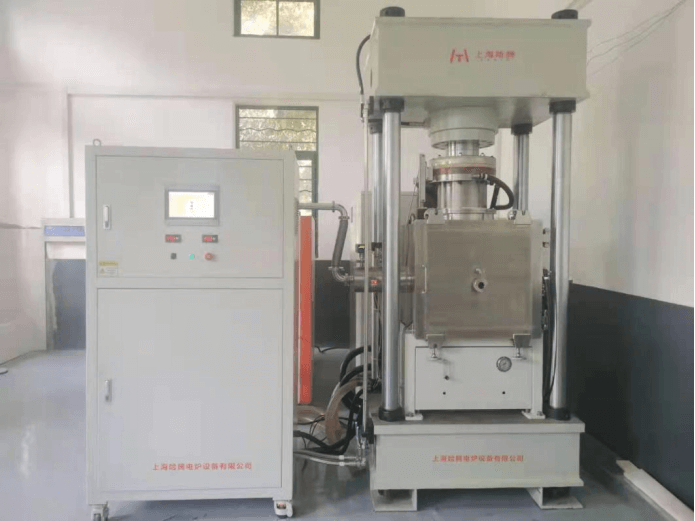MAX phase materials are a new type of material with excellent performance and have attractive potential uses in the fields of aerospace, defense, and military industry.

Field-assisted sintering of Ti3(Si,Al)C2/Al2O3 composites
Ti3SiC2 is a high-strength, high-toughness, machinable MAX-phase ceramic material, but its high-temperature oxidation resistance is insufficient. Al2O3, as a hard and brittle high-temperature resistant ceramic material, has a similar thermal expansion coefficient to Ti3SiC2. Al2O3 can complement the performance of Ti3SiC2, and the two are suitable for composite materials. However, the temperature required for Al2O3 densification is relatively high, often greater than 1400°C. Which is not completely compatible with the sintering temperature of Ti3SiC2. Moreover, excessively high sintering temperatures may cause the decomposition of Ti3SiC2.
For this reason, the team of Professor Li Qinggang of Jinan University proposed to prepare Ti3(Si, Al)C2/Al2O3 composite materials by vacuum hot pressing sintering and electric field assisted sintering. The study found that the density of the composites prepared by hot-pressing sintering was low. While the composites prepared by current-assisted sintering at 1200°C were dense. The flexural strength and Vickers hardness of the composites prepared using the current-assisted sintering technique were comparable to those of dense Ti3SiC2/Al2O3 composites. The electric field-assisted sintering technology attributes this low-temperature densification mechanism to the combined effects of amorphous SiO, liquid Al, and the high heating rate brought about.
Microscopic image and element distribution
Microscopic image and element distribution of the polished surface of the hot-pressing sintered sample

Microscopic image and element distribution of the polished surface of the field-assisted sintered sample

Based on this, Professor Li Qinggang’s team further explored and found that Ti3(Si, Al)C2/Al2O3 composite materials can still be synthesized below 1000°C using Ti3AlC2 and SiO as raw materials. This shows that exploring new synthesis routes for ceramic-based composites may help reduce their preparation temperature and promote the development of the “dual carbon business”.
Microscopic image of the three-layer structure converted from the layered Ti3AlC2/SiO interface (a)
The element distribution of Ti (b), Al (c), Si (d), O (e), and C (f) obtained by electron probe
This work was published in the Journal of Advanced Ceramics in July 2023.
CNE-FHP-828 field-assisted sintering technology furnace promotes innovative scientific research
It is worth mentioning that the field-assisted sintering furnace used in the experiment is the CNE-FHP-828 produced by our company. This is another example of the CNE-FHP series model serving innovative scientific research.










